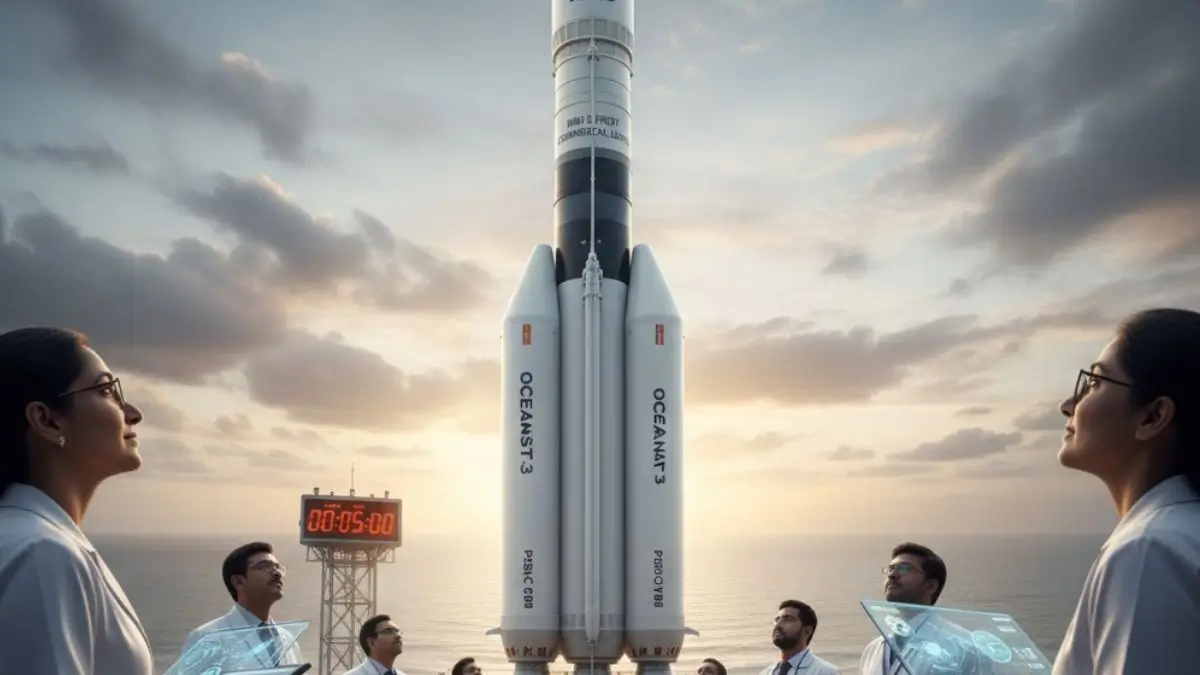Tesla Robotaxi Unveiled: Launch Date, Price, and Key Features from the 'We, Robot' Event 2024
The Tesla Cybercab promises a future of affordable, fully autonomous ride-hailing with a cost of just cents per mile.

Tesla's Cybercab Robotaxi: A Game-Changer for Ride-Hailing Unveiled at the 'We, Robot' Event
On October 10, 2024, Tesla took center stage at the Warner Bros. Studios in Los Angeles to unveil its Robotaxi, officially named the Cybercab. Designed to provide fully autonomous transportation, the Cybercab is an electric, driverless vehicle targeted for urban ride-sharing. Tesla revealed that the Robotaxi is priced under $30,000 and is set to hit the roads before 2027, with autonomous deployment starting in regions like California and Texas.
Cybercab Features: Cutting-Edge Technology for Future Mobility
The Tesla Cybercab is equipped with Full Self-Driving (FSD) technology, powered by a camera-based vision system. Notably, it lacks a steering wheel and is designed with two butterfly wing doors for easy entry and exit. The interior boasts a lounge-like setting, featuring a large central display for passenger interaction.
Cost and Operation: Affordable Rides at Just Cents Per Mile
One of the key selling points for the Tesla Cybercab is its promise of extremely low operating costs, estimated at $0.05 to $0.10 per mile. This makes the Robotaxi an economical option for ride-hailing services. Additionally, owners of Tesla vehicles will have the option to add their cars to the Tesla Network, allowing them to earn by offering autonomous rides to passengers during idle times.
Launch Timeline: Expected Production and Rollout
While Tesla aims to begin production before 2027, the timeline remains flexible, with Elon Musk noting that it could face potential delays. The initial deployment will focus on California and Texas, with plans to expand to other regions as regulatory approvals are obtained.
Public Reaction: Excitement and Skepticism
The public response to the Robotaxi has been a mix of excitement and caution. While many are eager to see Tesla's vision for autonomous ride-hailing become a reality, concerns remain over the challenges of regulatory approval and real-world deployment of full autonomy.
Frequently Asked Questions (FAQs) about the Tesla Robotaxi
1. When will the Tesla Robotaxi launch?
Tesla aims to start production of the Cybercab by 2027, with deployments expected to begin in regions like California and Texas.
2. How much will the Tesla Robotaxi cost?
The Cybercab is expected to cost less than $30,000, making it an affordable option for autonomous ride-hailing.
3. What are the key features of the Cybercab?
The Cybercab is a fully autonomous vehicle with Full Self-Driving (FSD) technology, camera-based vision, butterfly wing doors, and a lounge-style interior with a central display.
4. How much does it cost per mile to operate the Cybercab?
The cost per mile is estimated to be between $0.05 to $0.10, making it an economical choice for ride-sharing services.
Chat Room: Discuss Tesla Robotaxi Unveiled: Launch Date, Price, and Key Features from the 'We, Robot' Event 2024
Start a New Chat

Nissan Tekton Midsize SUV 2026 India Launch: Baby Patrol vs Creta Seltos – Price ₹10-20L, 1.3T DCT, ADAS!
Nissan Challenges Hyundai Creta with Bold Patrol Design, Level 2 ADAS, Panoramic Sunroof – Chennai-Made Export Star!
5 hours ago
Read more

The All-New Skoda Octavia RS: Design, Price, Launch Date, Mileage and More
Dive into the exhilarating Skoda Octavia RS sedan, featuring rally-inspired performance, premium features, and sporty design. Get all the details for its 2025 launch in India!
2 months ago
Read more

Vehicle Loan EMI Calculator – Calculate Car, Bike, Truck & Auto Loan Interest & Monthly Payment
Use our free Vehicle Loan EMI Calculator to estimate monthly payments, interest costs, and total repayment for car, bike, truck, tractor, and commercial vehicle loans.
10 months ago
Read more

Tata Harrier EV 2025 Launch: Date, Price, Specs & Features
Discover the Launch Date, Price, and Key Features of the Upcoming Tata Harrier EV 2025 in India
10 months ago
Read more

2025 Toyota bZ4X India Launch – Price, Features & Design Details
verything You Need to Know About the Toyota bZ4X 2025 – Launch Date, Specs, Interior & Exterior Styling
10 months ago
Read more

MG Gloster Facelift (2025): Price in India, Launch Date, Features & Specs
Explore the MG Gloster Facelift 2025 – Expected Price, Launch Date, Specifications, and Interior & Exterior Styling Updates.
10 months ago
Read more

MG Majestor 2025: Launch Date, Specs, Features & Price in India
Must-Know About the Upcoming MG Majestor – Design, Features & Expected Price
10 months ago
Read more

2025 Kia EV6: Release Date, Price, Interior, Range & Features
A Closer Look at Kia’s Next-Gen Electric Crossover, Including Pricing & Specs
10 months ago
Read more

Amazon Flipkart Republic Day Sale 2026 Dates: Great Republic Day Sale Jan 13-19 – Mobiles 70% Off, SBI 10% Discou
Republic Day Mega Deals Confirmed: iPhone Samsung Under ₹60K, Prime Early Access Jan 12 – Full Sale Calendar & Tips!
9 hours ago
Read more

ICC Women's T20 World Cup 2026 England: India Grouped with Australia – Full Schedule, Groups, Lord's Final!
12 Teams Battle Across 7 Iconic Venues: Smriti Mandhana's India Eyes Glory at Edgbaston Opener vs Qualifiers!
10 hours ago
Read more

West Bengal Election 2026: Mamata TMC vs BJP Suvendu – Latest Opinion Polls, SIR Row, 215-Seat Target Revealed!
TMC Aims 215+ Seats Amid BJP Surge: Voter List Battles, Corruption Charges Heat Up Bengal's 294-Seat Thriller!
11 hours ago
Read more

Oceansat-3A PSLV-C63 Launch 2026: ISRO's Ocean Monitoring Satellite Revolution – Full Mission Details!
Industry-Built PSLV Debuts with Oceansat-3A: Chlorophyll Tracking, Wind Mapping & Disaster Alerts Incoming
12 hours ago
Read more

Upcoming Cricket Match: India vs New Zealand on 23 Jan 2026
Catch the live action between India and New Zealand on 23 Jan 2026.
13 hours ago
Read more

Upcoming Cricket Match: India vs New Zealand on 21 Jan 2026
Catch the live action between India and New Zealand on 21 Jan 2026.
13 hours ago
Read more

Upcoming Cricket Match: India vs New Zealand on 18 Jan 2026
Catch the live action between India and New Zealand on 18 Jan 2026.
13 hours ago
Read more

Upcoming Cricket Match: India vs New Zealand on 14 Jan 2026
Catch the live action between India and New Zealand on 14 Jan 2026.
13 hours ago
Read more
Stay Ahead with Upcoming News and Events
Get the latest updates on upcoming mobiles, televisions, movies, concerts, live events, and everything significant that’s coming soon.


